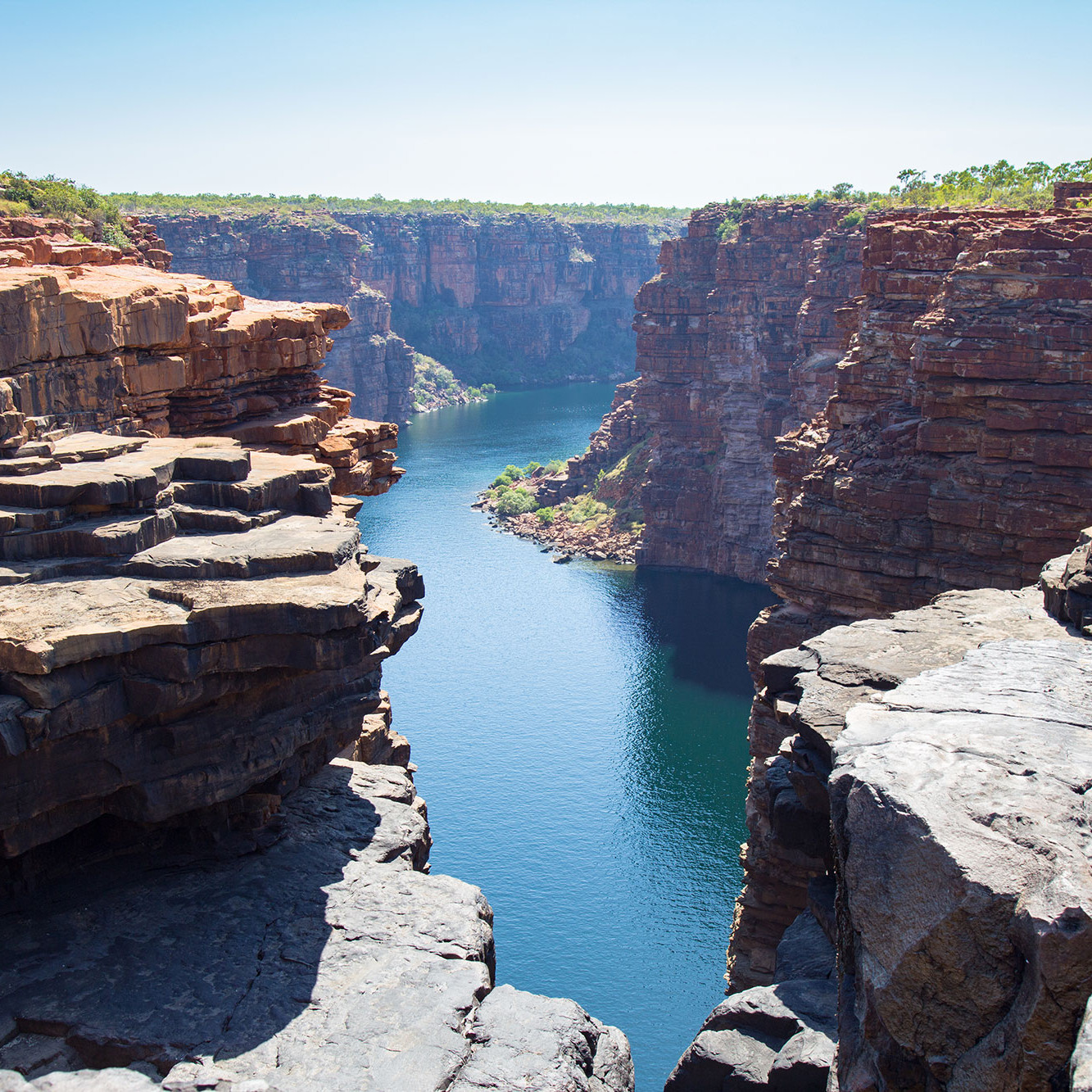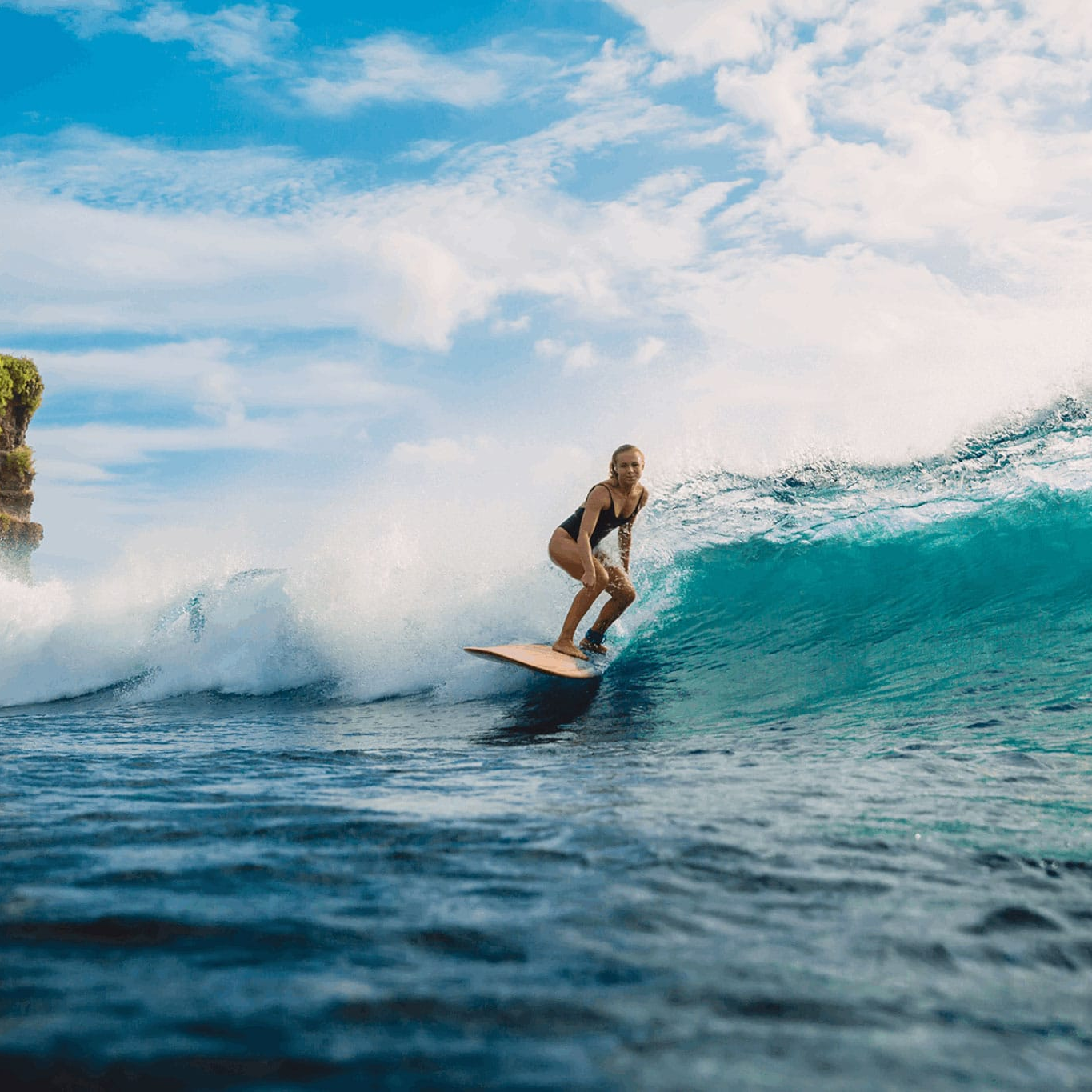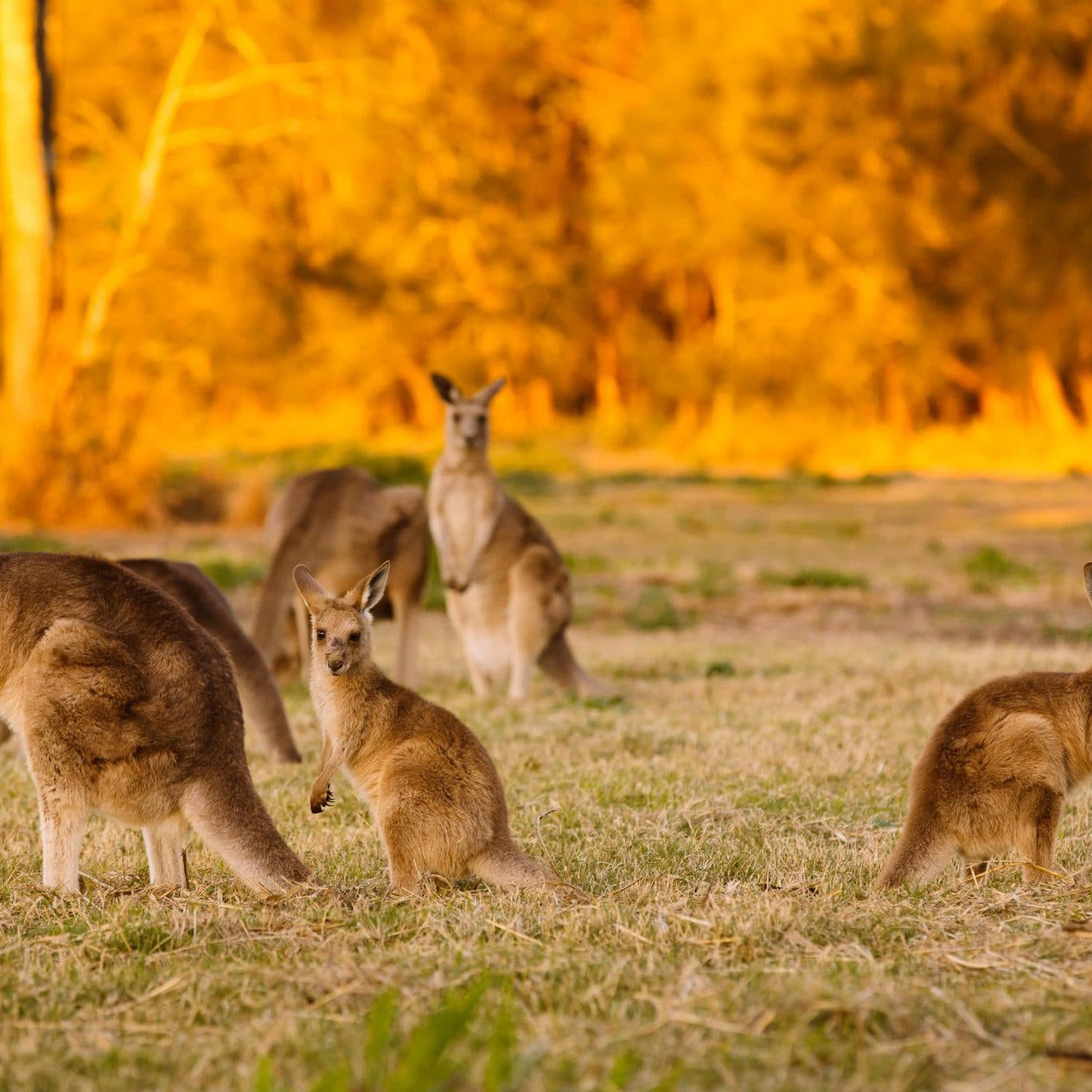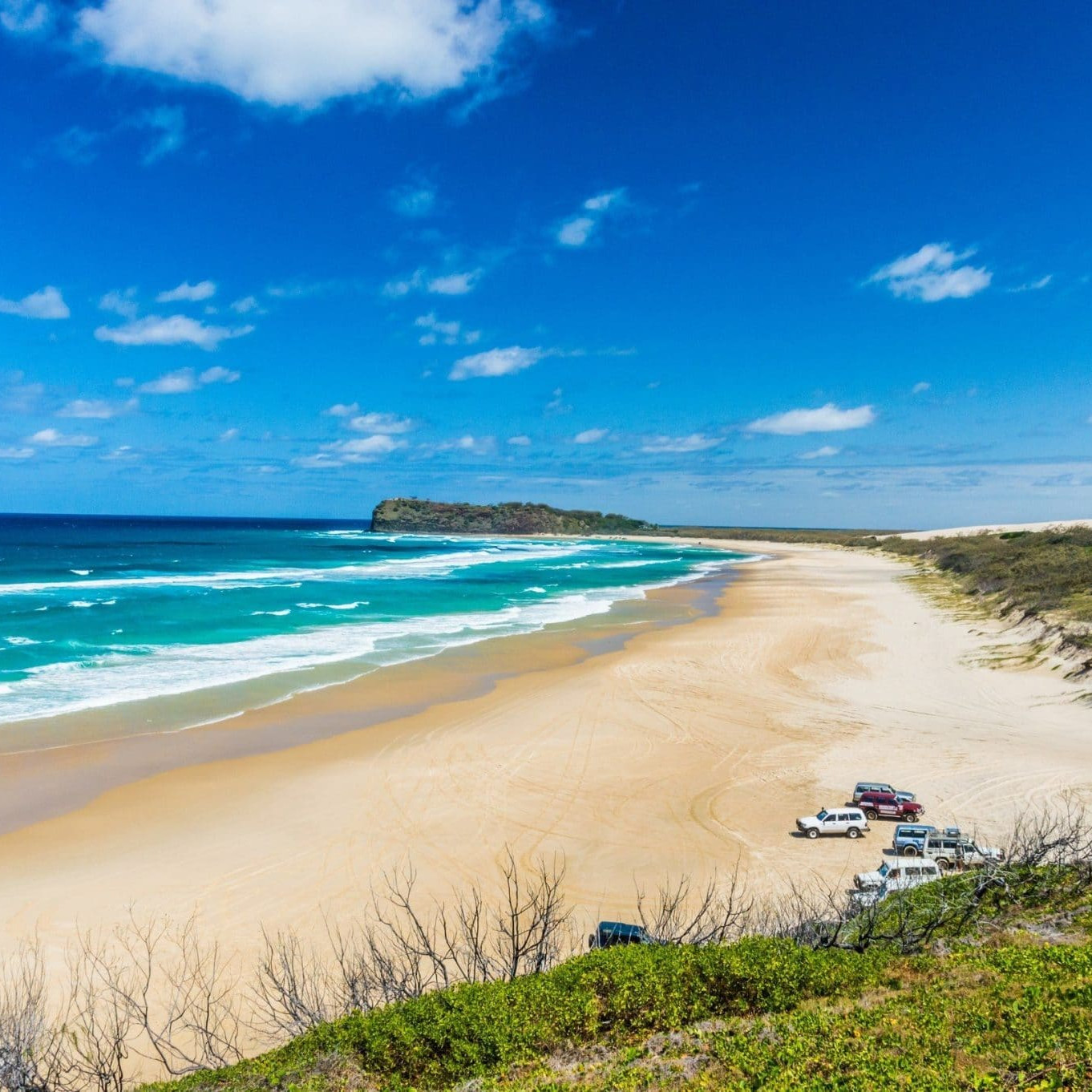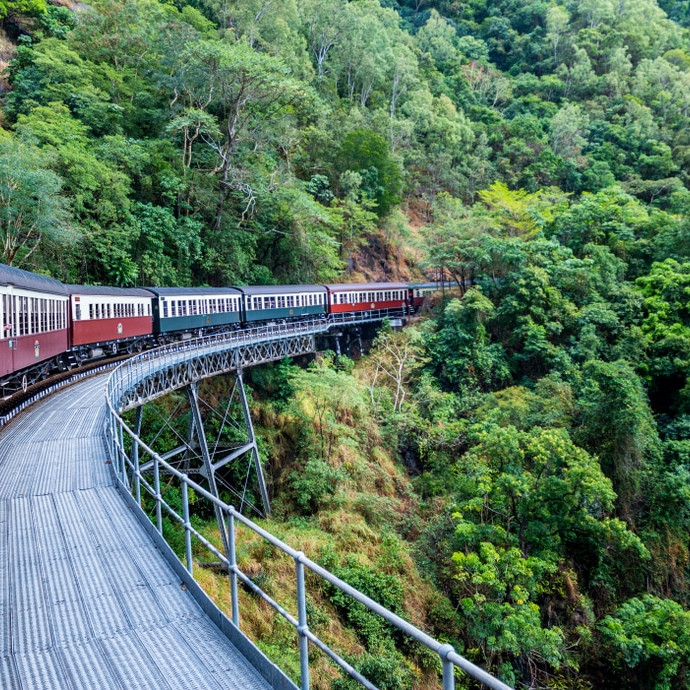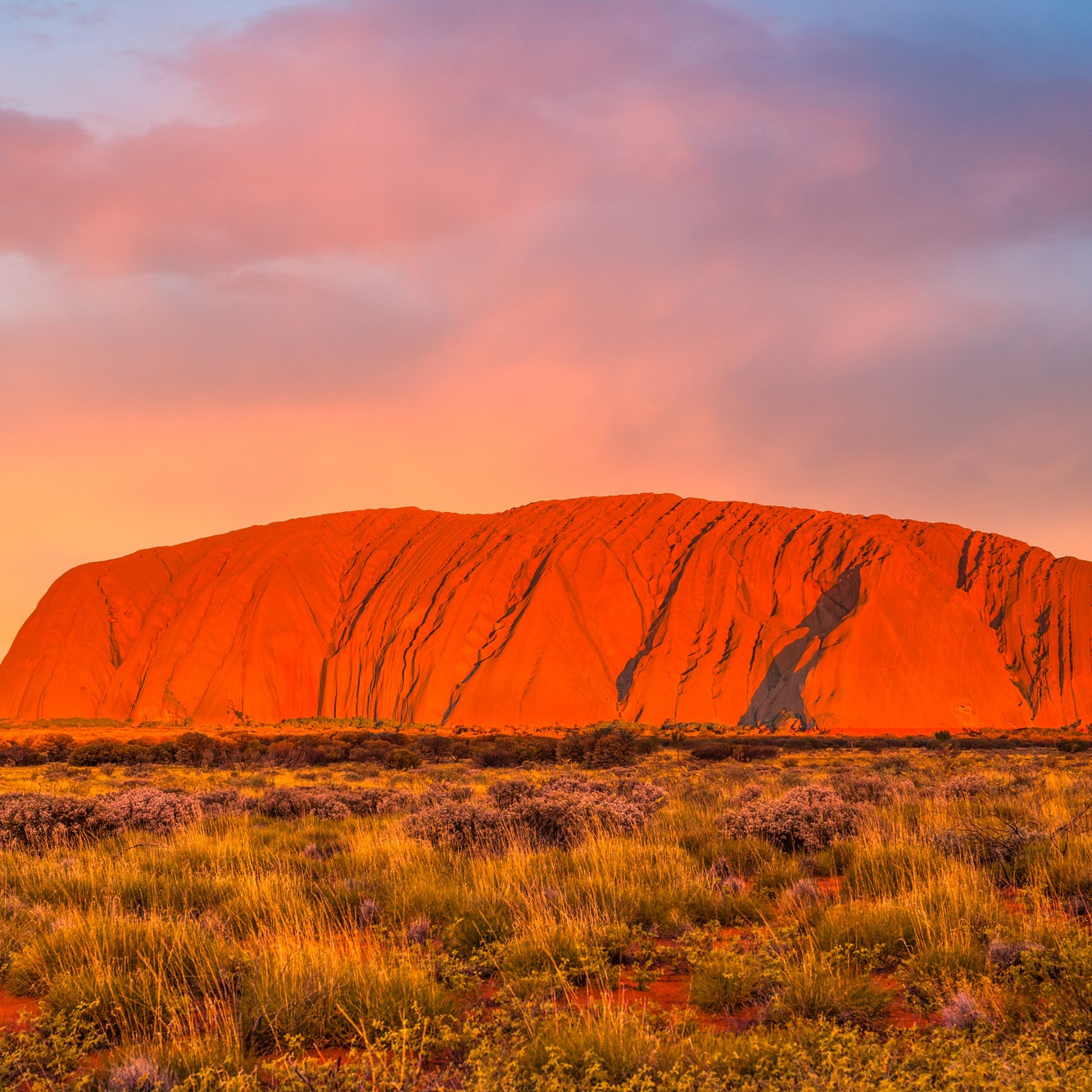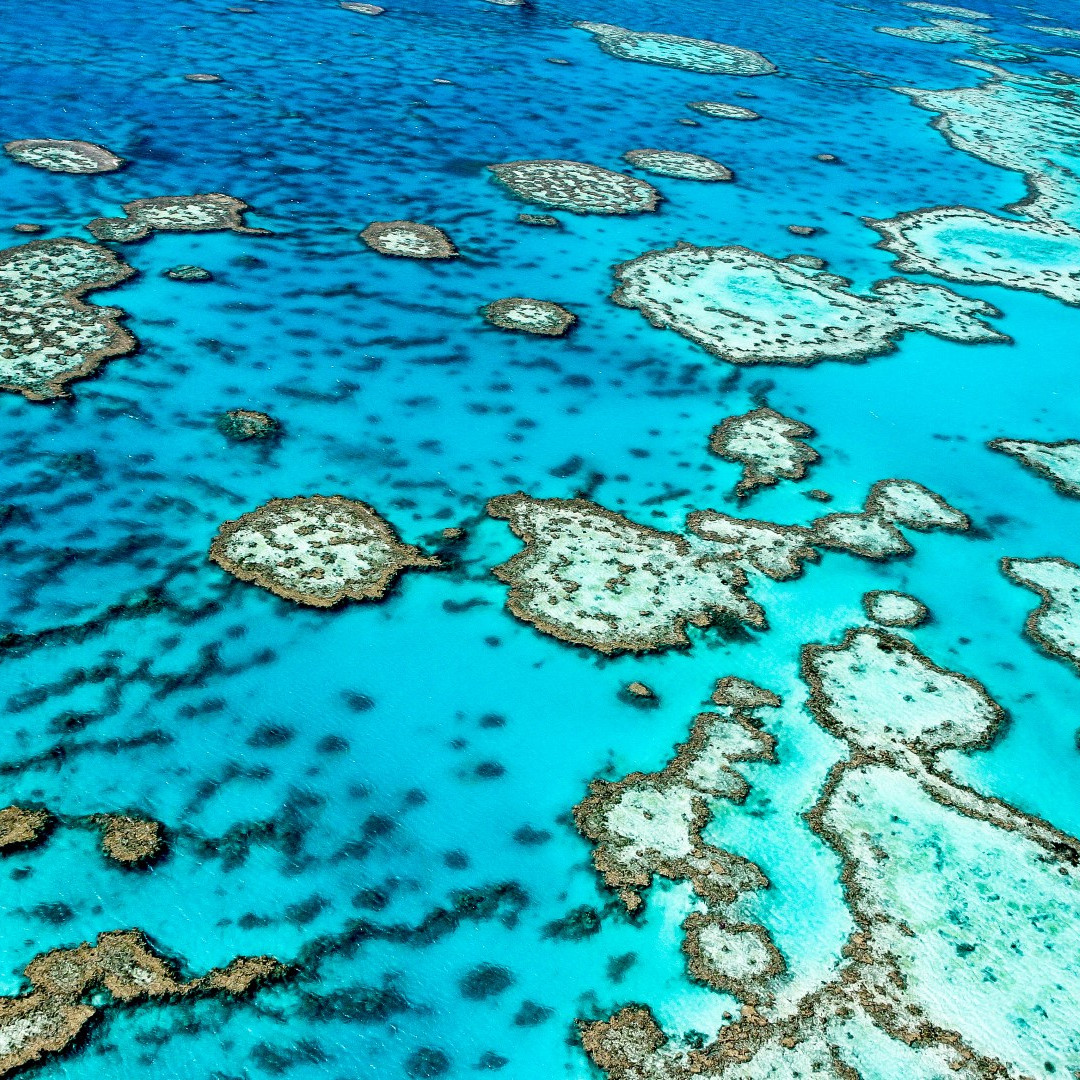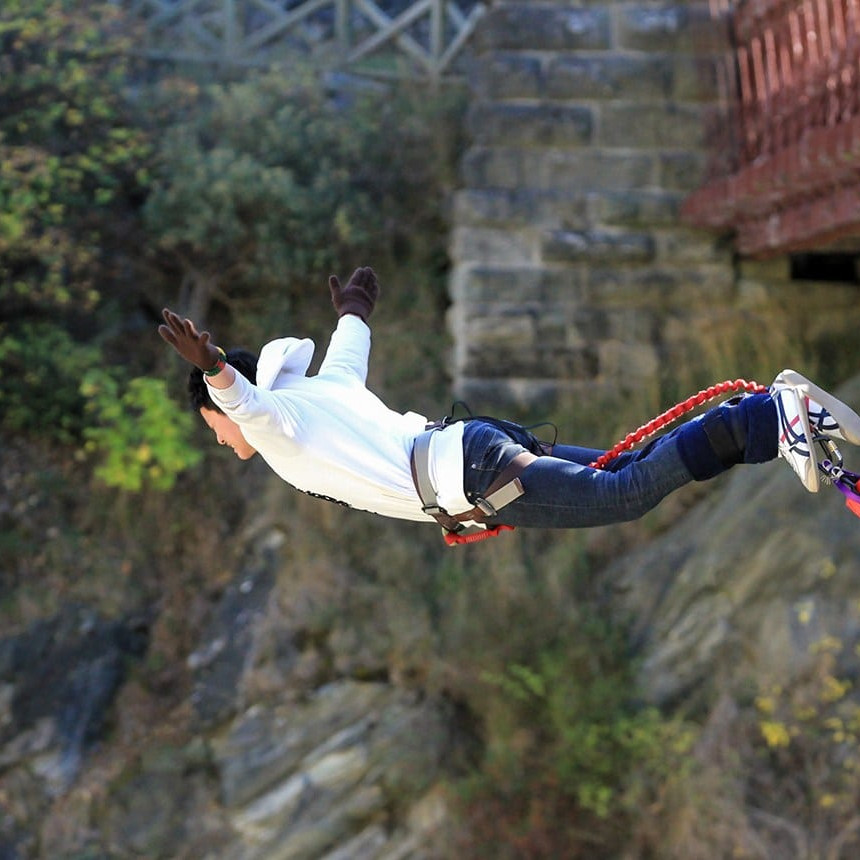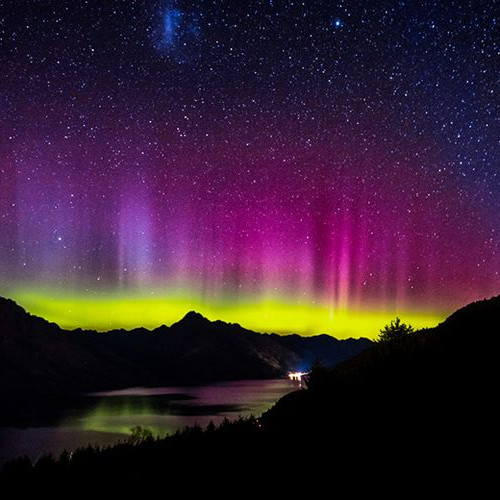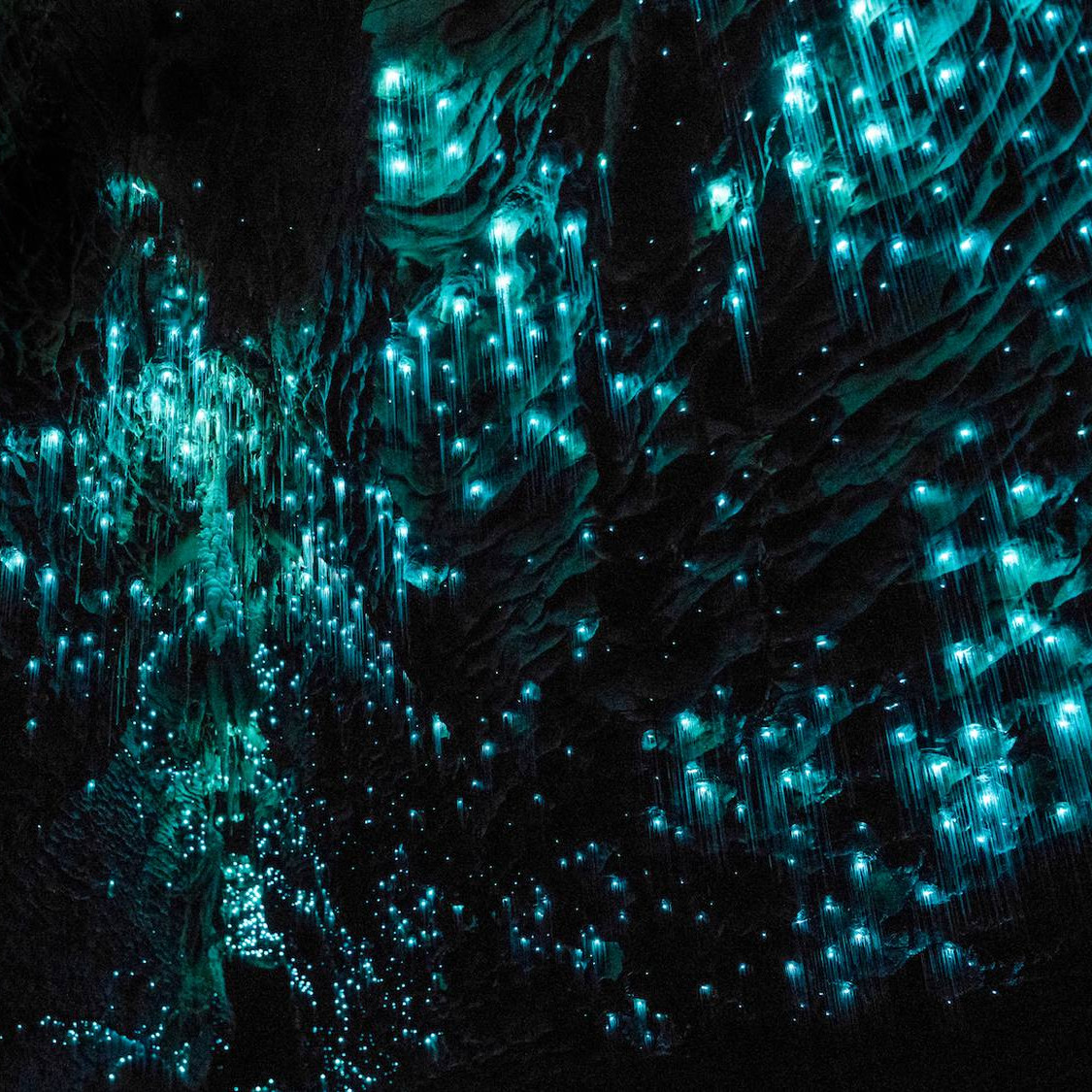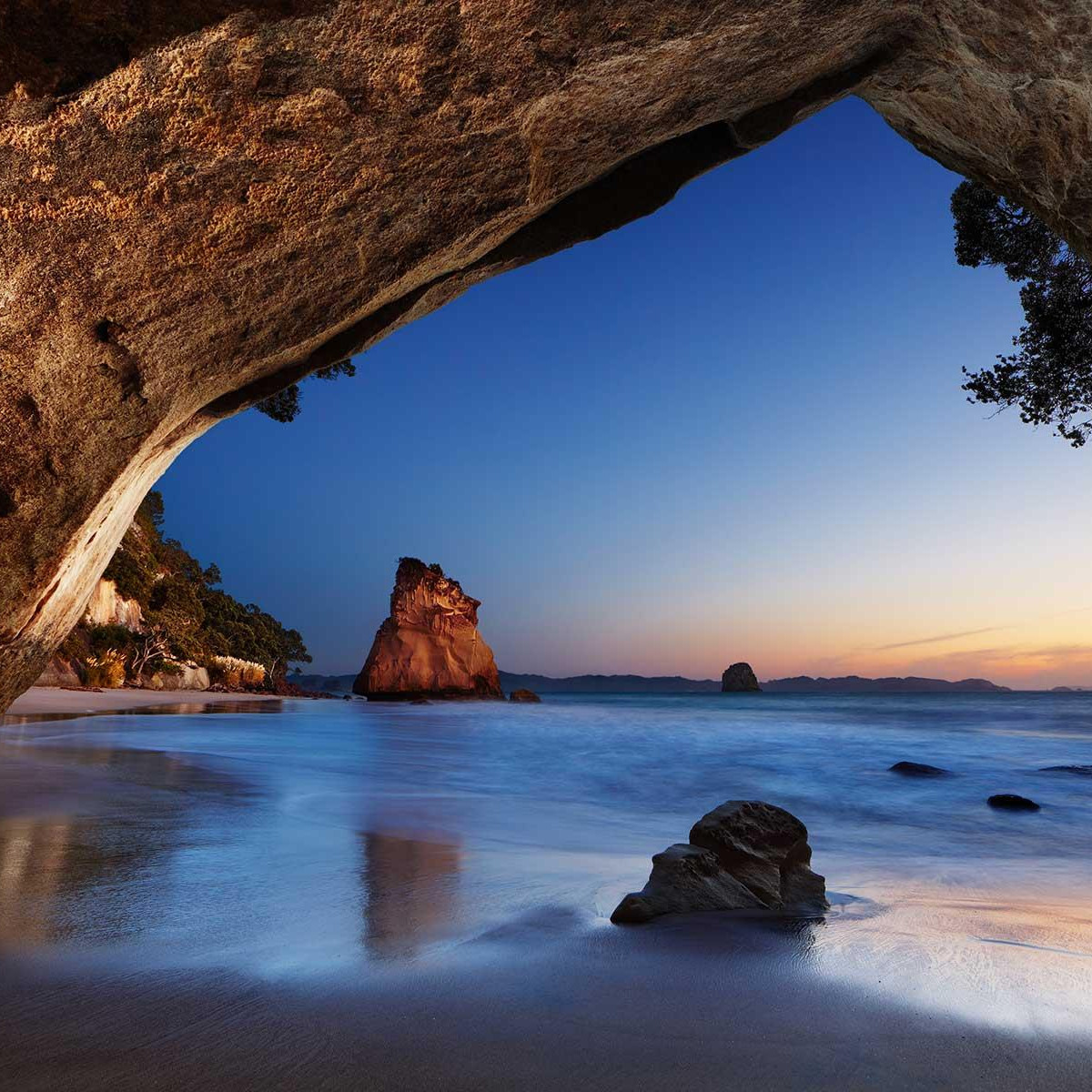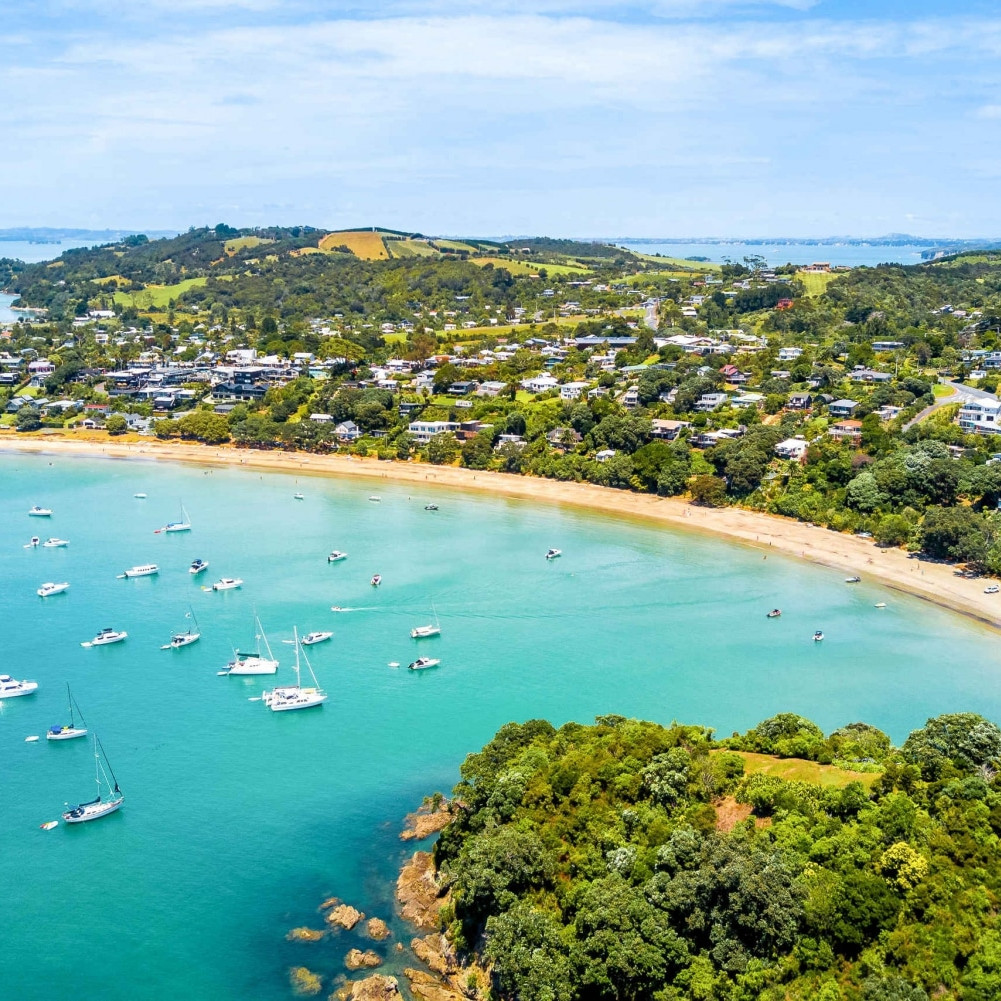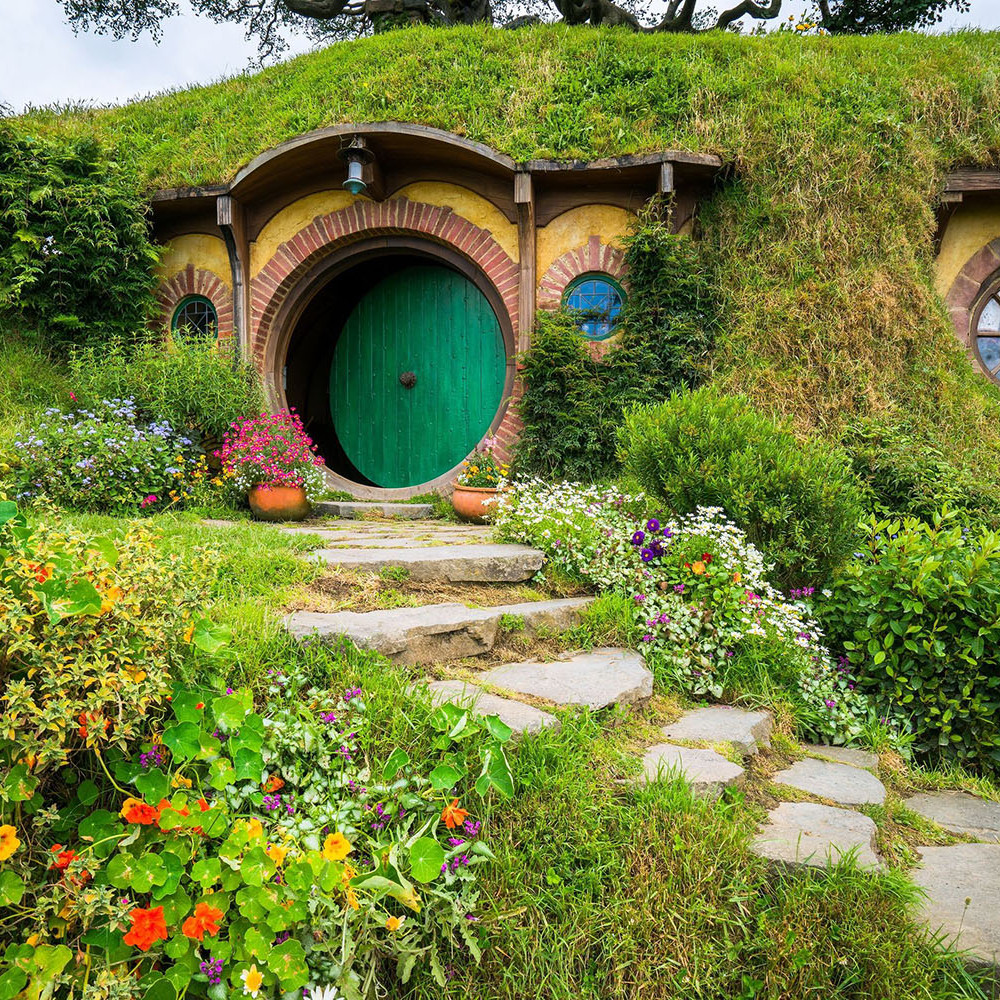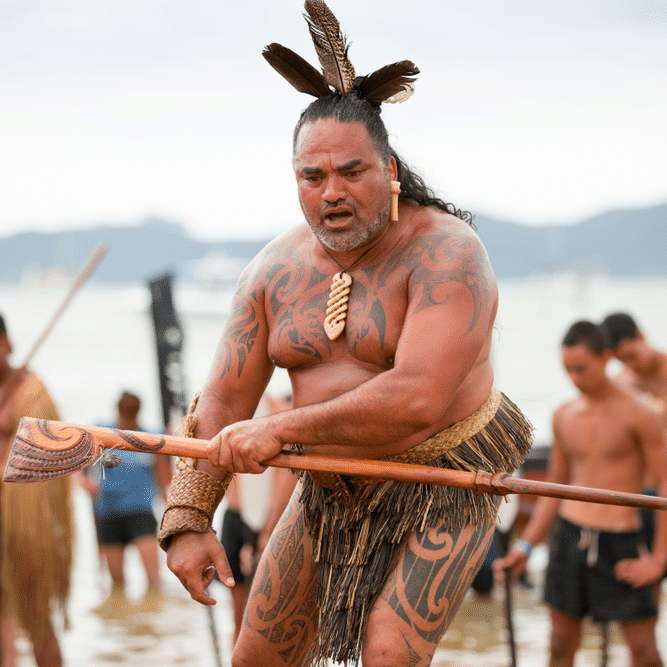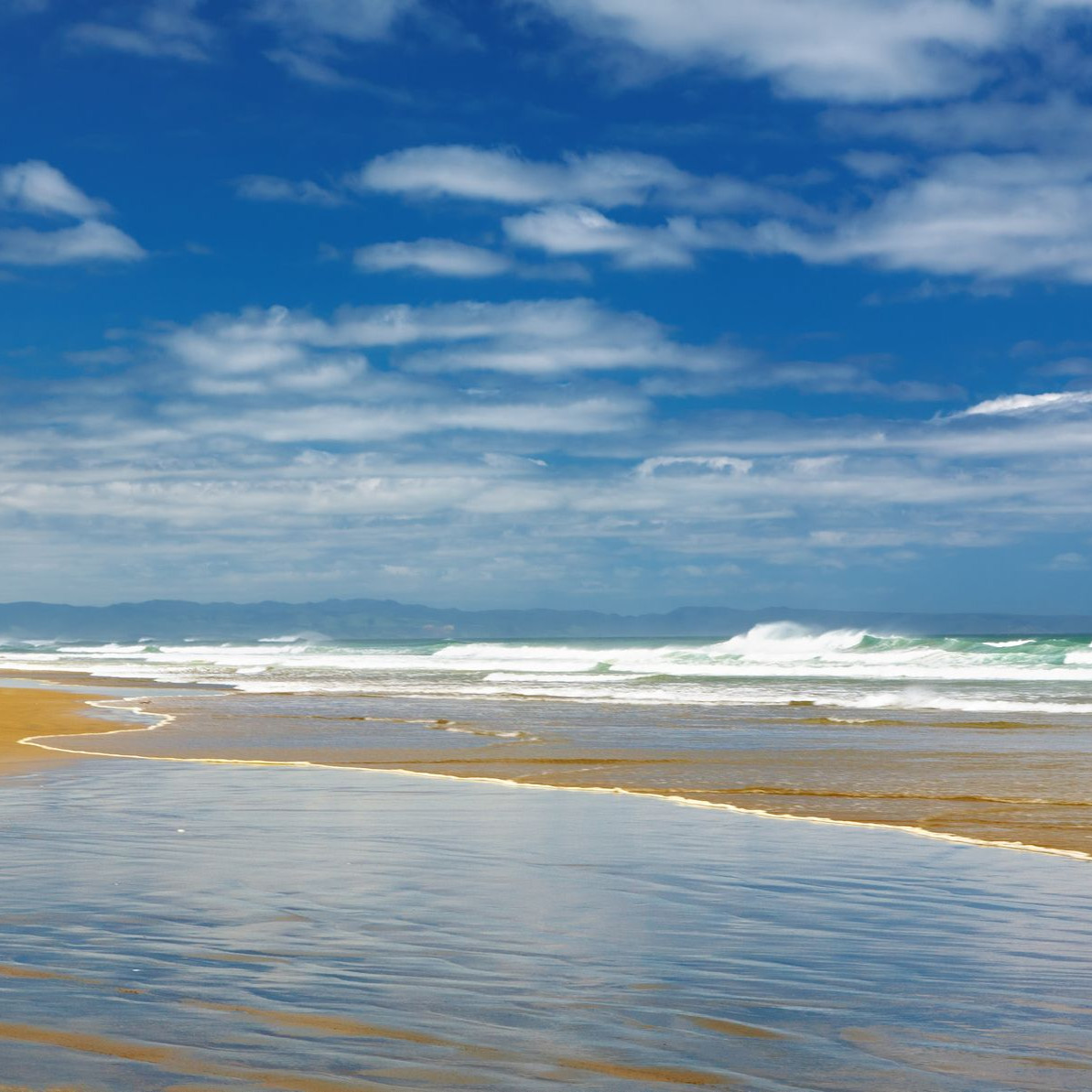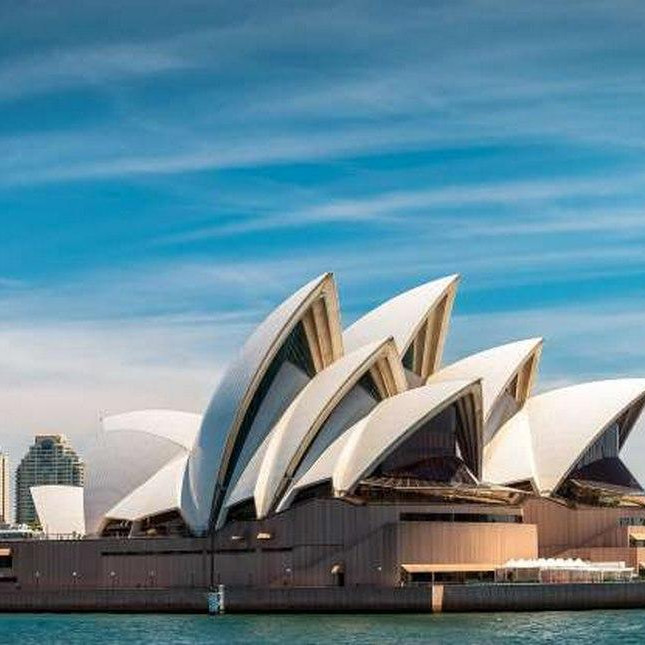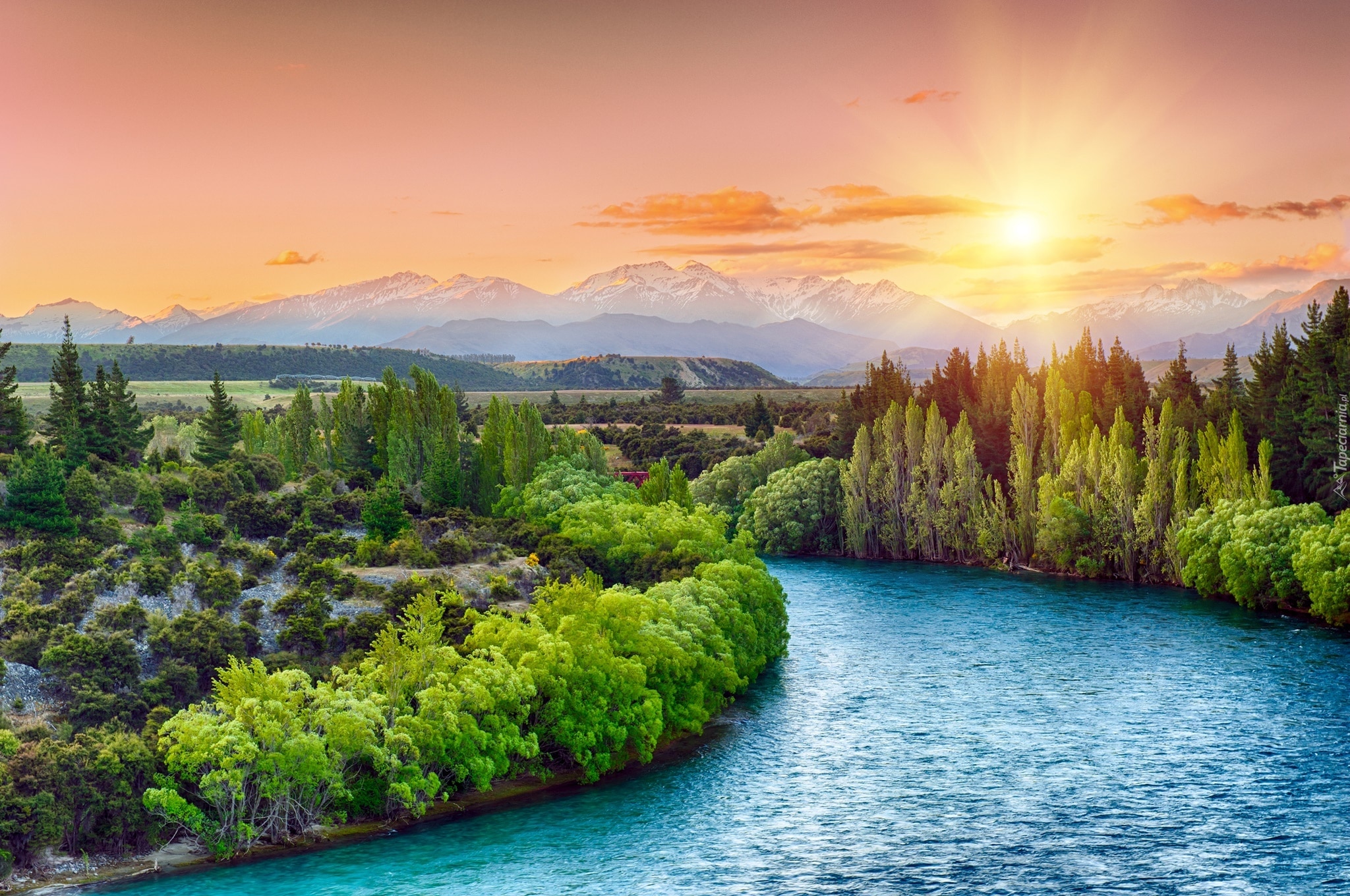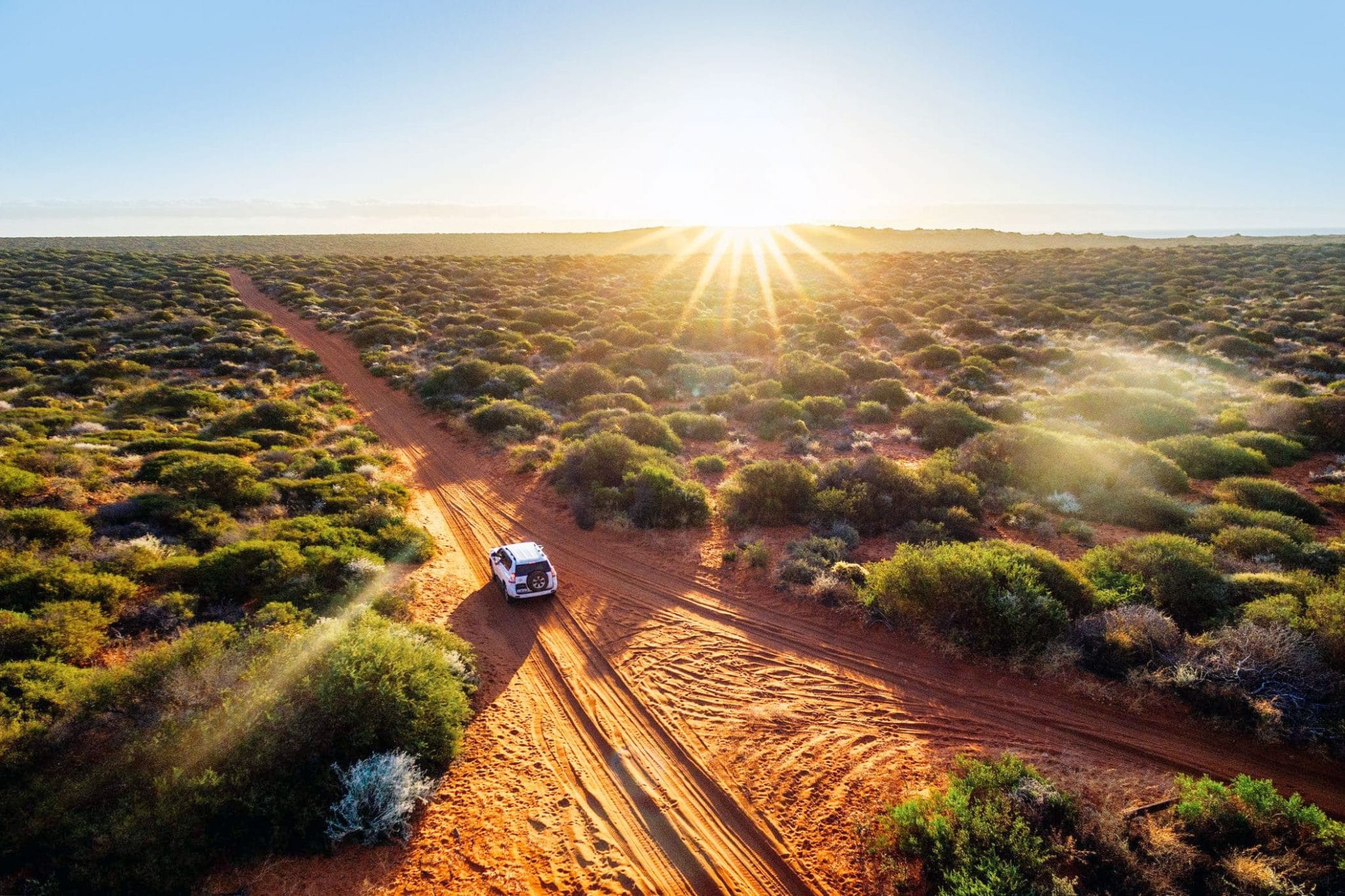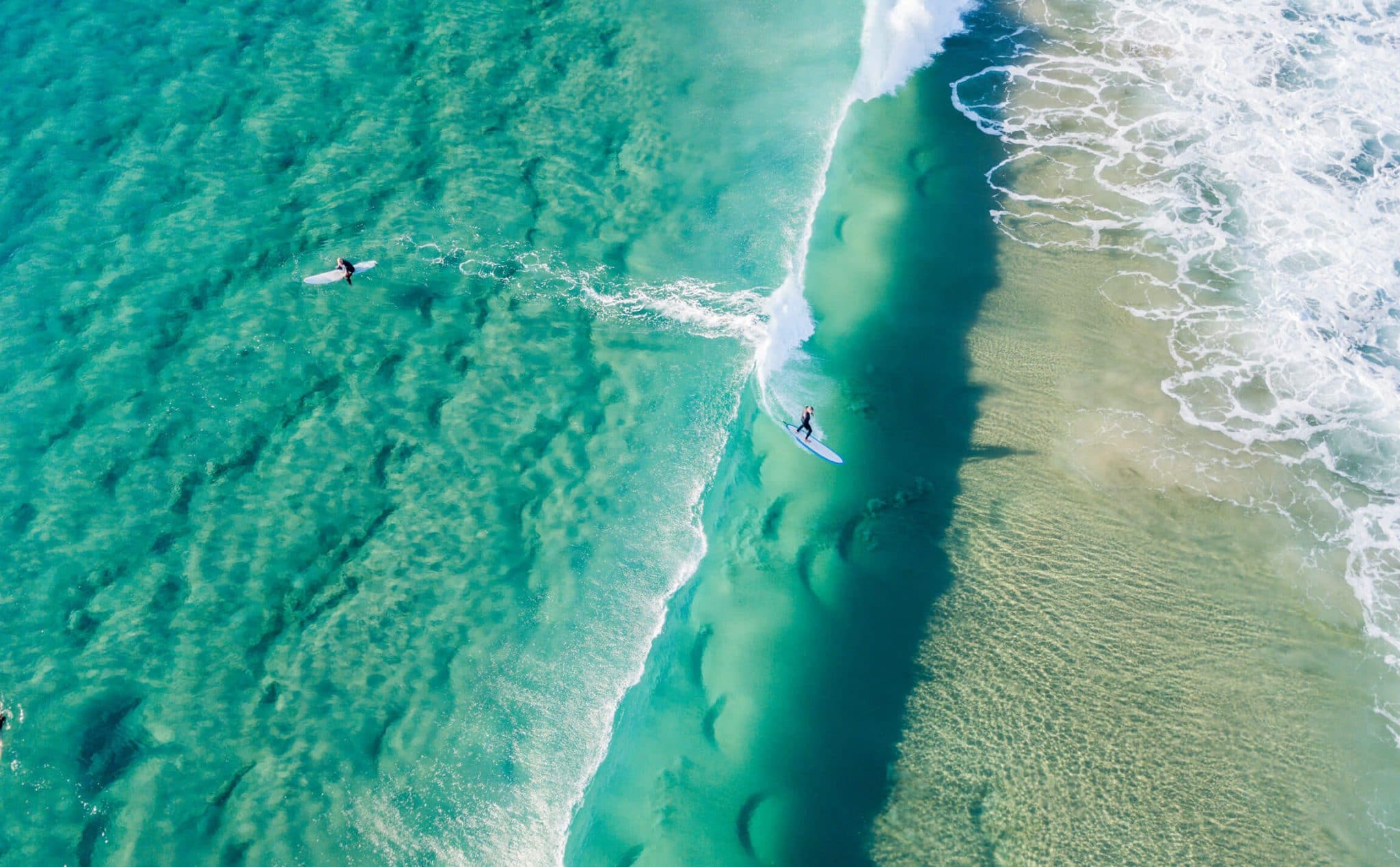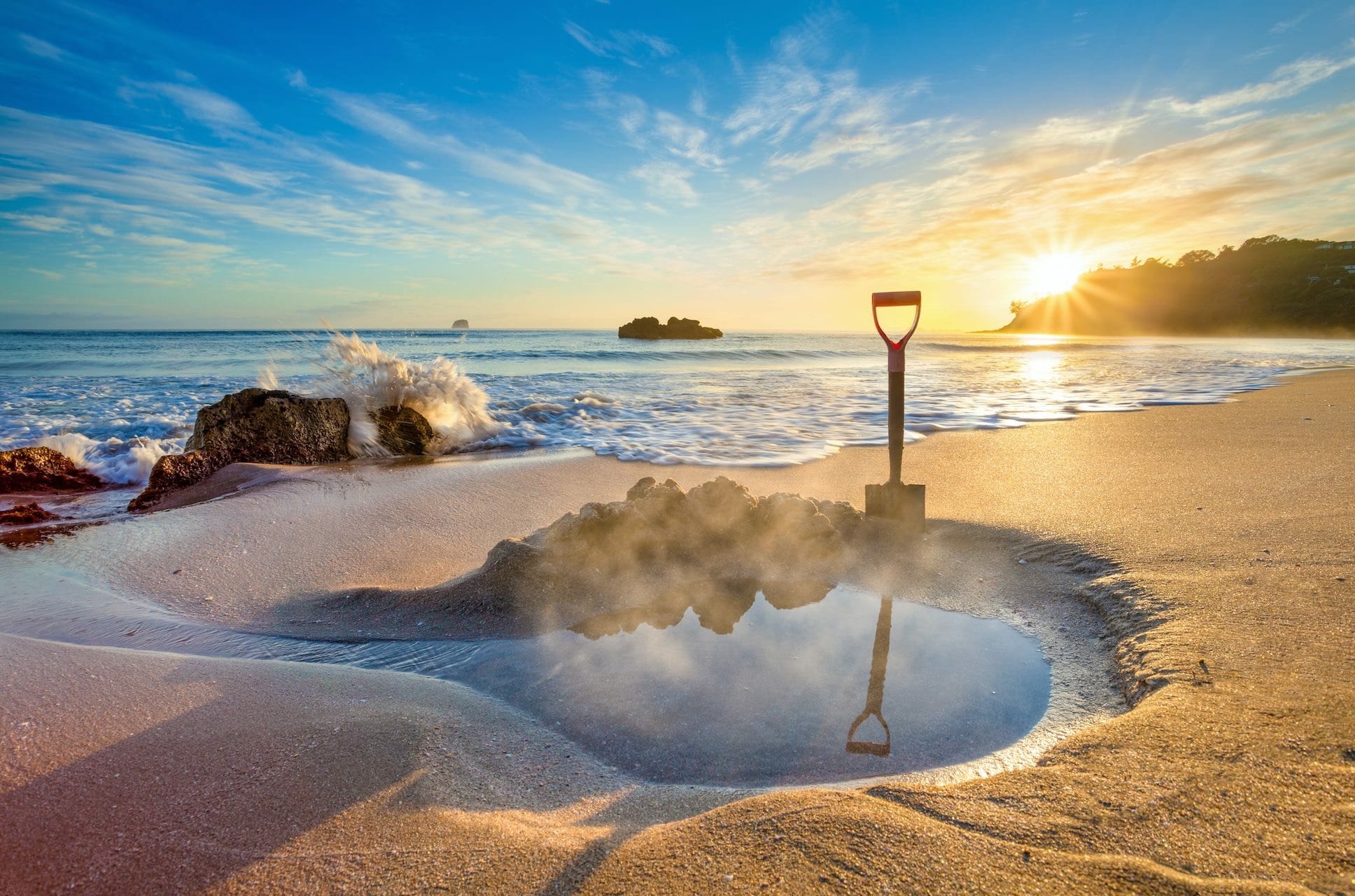Even though Oceania is made up of only 14 countries, its diverse and stunning landscapes, vibrant cultures, thrilling adventures, tantalizing cuisine, and unique wildlife, offers a truly unforgettable experience for travelers.
Why Visit Oceania
LANDSCAPES
OOceania is blessed with breathtaking landscapes that range from pristine beaches with turquoise waters to rugged mountain ranges and lush rainforests.
THE PEOPLE & CULTURE
There are still many indigenous tribes living in Oceania, featuring a diverse range of indigenous cultures with interesting cultural traditions and ecological adaptations. Papua New Guinea alone is home to one-third of the world’s languages.
ADVENTURE
For adrenaline junkies, Oceania offers an array of thrilling adventures. Dive into the vibrant underwater world while snorkeling or scuba diving in the Great Barrier Reef, conquer the challenging peaks of New Zealand’s Southern Alps, or go kayaking through the majestic fjords of Milford Sound.
FOOD
Oceania’s culinary scene is a tantalizing fusion of flavors and influences. Indulge in fresh seafood delicacies, savor the mouthwatering flavors of traditional Maori or Aboriginal cuisine, or immerse yourself in the vibrant street food culture of bustling cities like Sydney and Auckland.
WILDLIFE
Oceania is home to some of the most unique and fascinating wildlife on the planet. Explore Australia’s vast Outback and spot kangaroos, koalas, and the elusive platypus. Encounter the playful dolphins and seals along New Zealand’s coastlines, or witness the awe-inspiring migration of humpback whales in the Pacific Islands.
Even though Oceania is made up of only 14 countries, its diverse and stunning landscapes, vibrant cultures, thrilling adventures, tantalizing cuisine, and unique wildlife, offers a truly unforgettable experience for travelers.

Why Visit Oceania
LANDSCAPES
OOceania is blessed with breathtaking landscapes that range from pristine beaches with turquoise waters to rugged mountain ranges and lush rainforests.
THE PEOPLE & CULTURE
There are still many indigenous tribes living in Oceania, featuring a diverse range of indigenous cultures with interesting cultural traditions and ecological adaptations. Papua New Guinea alone is home to one-third of the world’s languages.
ADVENTURE
For adrenaline junkies, Oceania offers an array of thrilling adventures. Dive into the vibrant underwater world while snorkeling or scuba diving in the Great Barrier Reef, conquer the challenging peaks of New Zealand’s Southern Alps, or go kayaking through the majestic fjords of Milford Sound.
FOOD
Oceania’s culinary scene is a tantalizing fusion of flavors and influences. Indulge in fresh seafood delicacies, savor the mouthwatering flavors of traditional Maori or Aboriginal cuisine, or immerse yourself in the vibrant street food culture of bustling cities like Sydney and Auckland.
WILDLIFE
Oceania is home to some of the most unique and fascinating wildlife on the planet. Explore Australia’s vast Outback and spot kangaroos, koalas, and the elusive platypus. Encounter the playful dolphins and seals along New Zealand’s coastlines, or witness the awe-inspiring migration of humpback whales in the Pacific Islands.
Bucket List
How to get around
When it comes to getting around Oceania, there are various transportation options available to explore the region’s diverse countries and islands. Here are some ways to navigate Oceania:
- Flying: With many islands scattered across the Pacific, flying is often the easiest and most convenient way to get around.
- Ferries: Ferries operate between many of the islands in Oceania, providing a scenic and relaxed way to travel.
- Cars: Renting a car is a great way to explore the larger islands and experience the stunning scenery at your own pace.
- Public Transport: Buses and trains operate in some parts of Oceania, offering a budget-friendly option for getting around.
- Biking: Some islands are small enough to explore on a bike, allowing you to immerse yourself in the local culture and soak up the beautiful surroundings.
It’s important to research and plan your transportation options based on your specific destination within Oceania, as travel methods may vary from country to country and island to island.
Money Saving Tips
-Eat street food: Street food is the best way to really taste the countries’ flavors, and it is also the cheapest. Some of the freshest and cheapest food can be found on the streets. Go for the place where the locals are!
-Hostels or Camping: The difference in pricing between a hotel and a hostel is huge, and you can find plenty of cute and cozy hostels. There is also a new trendy camping service called Campspace, which allows you to pitch a tent in someone’s backyard for free or a nominal fee.
-Take the bus: Specially overnight buses. Bus is the cheapest way to get around, and overnight tickets tend to be even cheaper.
-Avoid group tours: If you are not in a rush and have enough time to enjoy the country, try to organize the tour yourself. Agencies charge a lot of unnecessary fees for transportation and guides.
-Plan in advance: Planning with time could save you hundreds or even thousand when it comes to flights, trains and accommodations.
What to expect in Oceania
LANGUAGE
he official languages of Oceania vary across different countries. English is widely spoken and serves as an official language in Australia, New Zealand, and many other Pacific island nations. Additionally, indigenous languages and regional dialects are prevalent in different parts of Oceania, reflecting the cultural diversity of the region.
ELECTRICITY
A majority of countries in the world use a 220/240-volt electrical infrastructure, twice the voltage coming from outlets in the United States and South America. This is not the exception with Oceania. Many hotels are installing universal sockets so that guests from all countries can connect to power. But just because your plug fits into the outlet, you cannot assume the voltage is safe for your device.
CURRENCY
The dominant national currencies in this region are the Australian dollar, the New Zealand dollar and the United States dollar, used by many small countries and dependent territories in Oceania. You can exchange the currency on the exchange houses at the airports or directly withdrawing from the ATM (you should have contacted your bank before hand)
SAFETY
Oceania is known for its overall safety and stability. Countries like Australia and New Zealand consistently rank high in terms of safety, with low crime rates and well-established infrastructure. However, as with any travel destination, it’s essential to take common safety precautions, such as being aware of your surroundings, following local guidelines, and taking necessary precautions when engaging in outdoor activities.
CLIMATE
Oceania experiences diverse climates due to its vast expanse. In general, the region has a mix of tropical, subtropical, and temperate climates. The temperature range varies across countries and seasons. For example, Australia and New Zealand have a temperate climate with summer temperatures ranging from 20-30°C (68-86°F) and cooler winters. Pacific islands like Fiji and Vanuatu have a tropical climate with temperatures averaging around 25-30°C (77-86°F) year-round.
Visa Policy
The visa policies in Oceania vary across the different countries in the region. Here is a general overview of visa requirements for some countries in Oceania:
- Australia: Most visitors to Australia require a visa. Common visa types include the Electronic Travel Authority (ETA) or eVisitor visa for tourism and business purposes, and the Visitor visa for longer stays or specific purposes.
- New Zealand: Visitors from visa-waiver countries, including the United States, Canada, and most European countries, can enter New Zealand for tourism or business purposes for up to 90 days without a visa. However, some nationalities are required to obtain a visa in advance.
- Fiji: Visitors from many countries, including the United States, Canada, and European Union member states, can enter Fiji for tourism purposes without a visa for up to 4 months. For longer stays or other purposes, a visa may be required.
- Papua New Guinea: Most visitors to Papua New Guinea need to obtain a visa in advance. There are various visa categories, including tourist visas, business visas, and work permits.
- Vanuatu: Visitors from many countries, including the United States, Canada, and European Union member states, can enter Vanuatu for tourism purposes without a visa for up to 30 days. Longer stays or other purposes may require a visa.
- Samoa: Visitors from visa-waiver countries, including the United States, Canada, and many European countries, can enter Samoa for tourism purposes without a visa for up to 60 days. Longer stays or other purposes may require a visa.
It’s important to note that visa policies can change, and specific requirements may vary based on the purpose of visit, nationality, and duration of stay. It is recommended to check with the respective embassy or consulate of the country you plan to visit to obtain the most up-to-date and accurate information regarding visa requirements.
SUBSCRIBE!
Are you a globetrotter? Join our platform and get exclusive travel tips, getaways and more!
New Zealand
Travel New Zealand, famous for its "out of this world" scenery, with diverse beautiful landscapes, chosen as the location for filming The..
Australia
Located in Oceania, Australia is the world's 6th largest country by area, known for its natural wonders and endless stretches of surf beach..
Things to do in Australia
Australia is famous for its natural wonders and endless stretches of surf beach, its iconic wildlife its friendly and funny locals..
Things to do in New Zealand
New Zealand is famous for its “out of this world” scenery, with diverse beautiful landscapes, chosen as the location for The Lord of the..
New Zealand
Travel New Zealand, famous for its "out of this world" scenery, with diverse beautiful landscapes, chosen as the location for filming The..
Australia
Located in Oceania, Australia is the world's 6th largest country by area, known for its natural wonders and endless stretches of surf beach..


